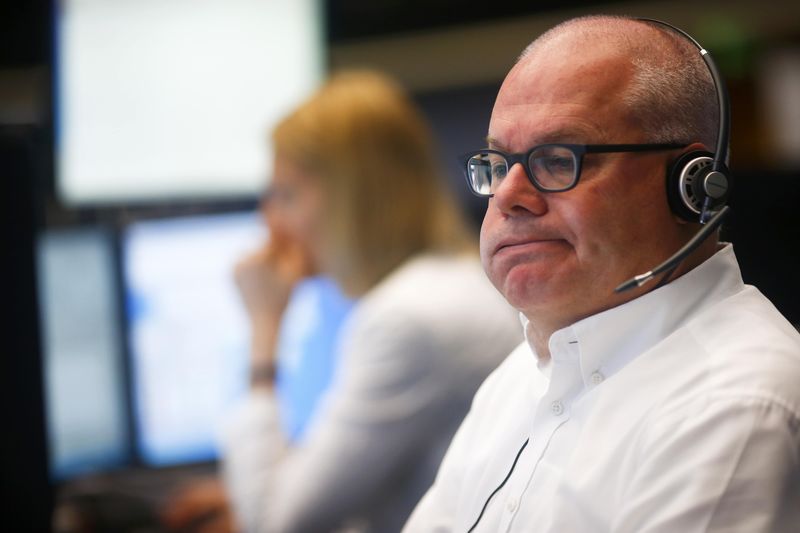Sarytogan Graphite Ltd (ASX:SGA) has returned strong performance results for lead acid batteries incorporating its ultra high purity graphite (UHPG) as an anode additive.
Lead acid batteries are the most widely used battery chemistry in the world, providing half of the world’s rechargeable power.
The finding has bolstered confidence in Sarytogan’s strategy to tap into high-value markets and to meet the growing demand for high-quality anode materials, particularly for the electric vehicle market.
Exceptional potential
The company’s inverted flowsheet is designed to produce ultra-high purity fines (UHPF) as a by-product, which have shown exceptional potential in advanced industrial applications, particularly in battery technologies.
UHPF has now demonstrated superior performance as an additive to the anode in lead acid batteries, a breakthrough given that lead acid batteries are the most widely used battery chemistry globally.
"Premium pricing"
Managing director Sean Gregory said: “Lithium-ion batteries rightly grab the headlines due to their enormous forecast growth for electric vehicles.
“The unique attribute of Sarytogan Graphite is that its inverted flowsheet purifies the graphite ahead of spheroidisation, generating UHPF as a by-product.
“Sarytogan UHPF has been demonstrated to be suitable for use in alkaline batteries, lithium primary batteries and now lead acid batteries, all markets which command premium pricing.”
Sarytogan’s American technology partner manufactured lead acid battery cells using the company’s UHPF, which comprised half of the ‘expander’ powder added to the negative electrode.
Compelling results
The results were compelling, with these batteries showing higher and more consistent discharge capacities compared to control batteries using standard expanded graphite products.
The global lead acid battery market is extensive, generating around 450 GWh of capacity in 2021 across 300 million batteries.
Each of these batteries contains 200 to 250 grams of graphite, making the total market size for graphite in lead acid batteries between 60,000 and 75,000 tonnes per annum.
High-purity graphite used in these applications is sold at prices ranging from US$12,000 to US$20,000 per tonne, which points to a lucrative opportunity for Sarytogan’s UHPF.
Sarytogan is moving rapidly towards completing its pre-feasibility study by September 2024, which will provide critical insights and data to support the commercialisation of the company’s high-grade graphite resources.
The plan is to produce three distinct graphite products, aimed at penetrating various high-value markets.
The inverted flowsheet approach ensures the production of UHPF, a by-product with significant demand in advanced battery and industrial applications.
About the Sarytogan deposit
The Sarytogan graphite deposit, in Central Kazakhstan, has a rich history of exploration dating back to the Soviet era.
This deposit boasts an indicated and inferred mineral resource of 229 million tonnes at 28.9% total graphitic carbon (TGC). What’s more, Sarytogan has achieved remarkable purity levels of 99.9992% C through thermal purification.
